
Grade Level: Middle School (Grades 6-8)
Subject: English as a Second Language (ESL)
Usage Level: Intermediate
Tools Used:
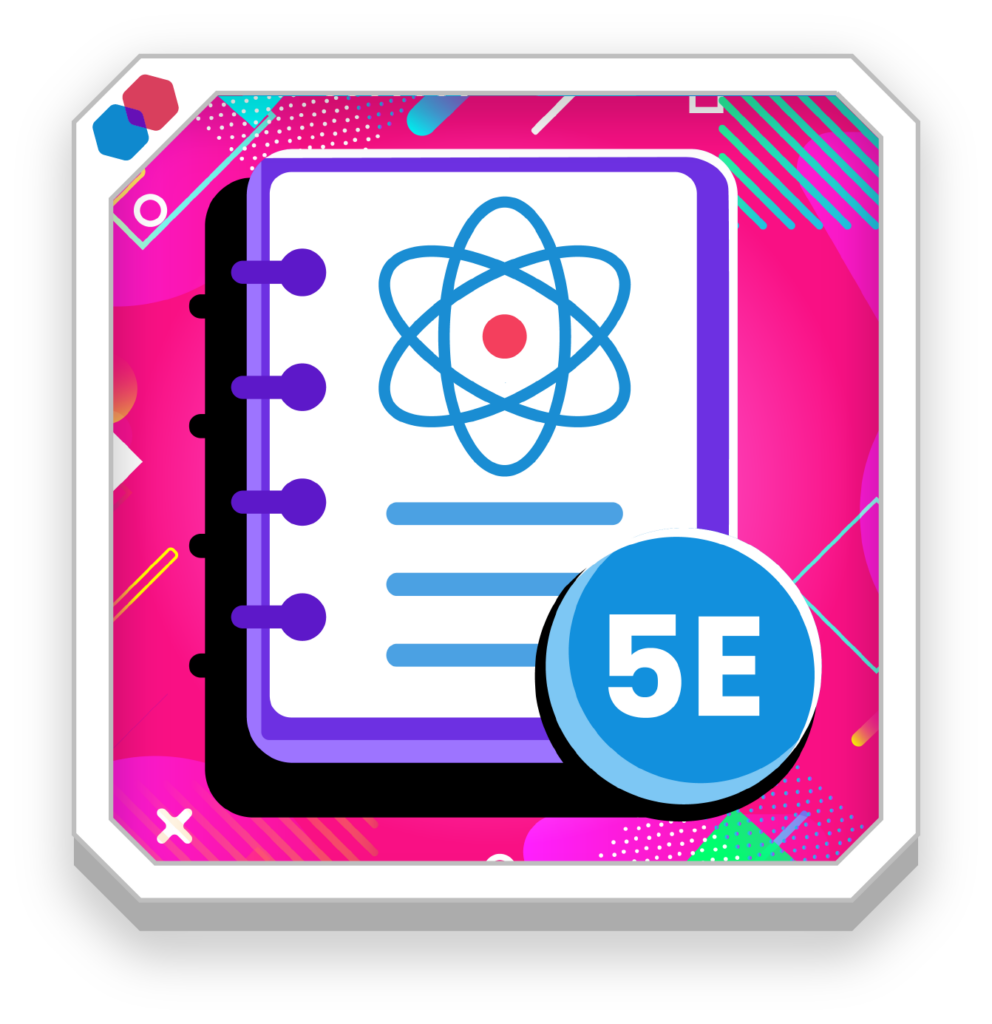
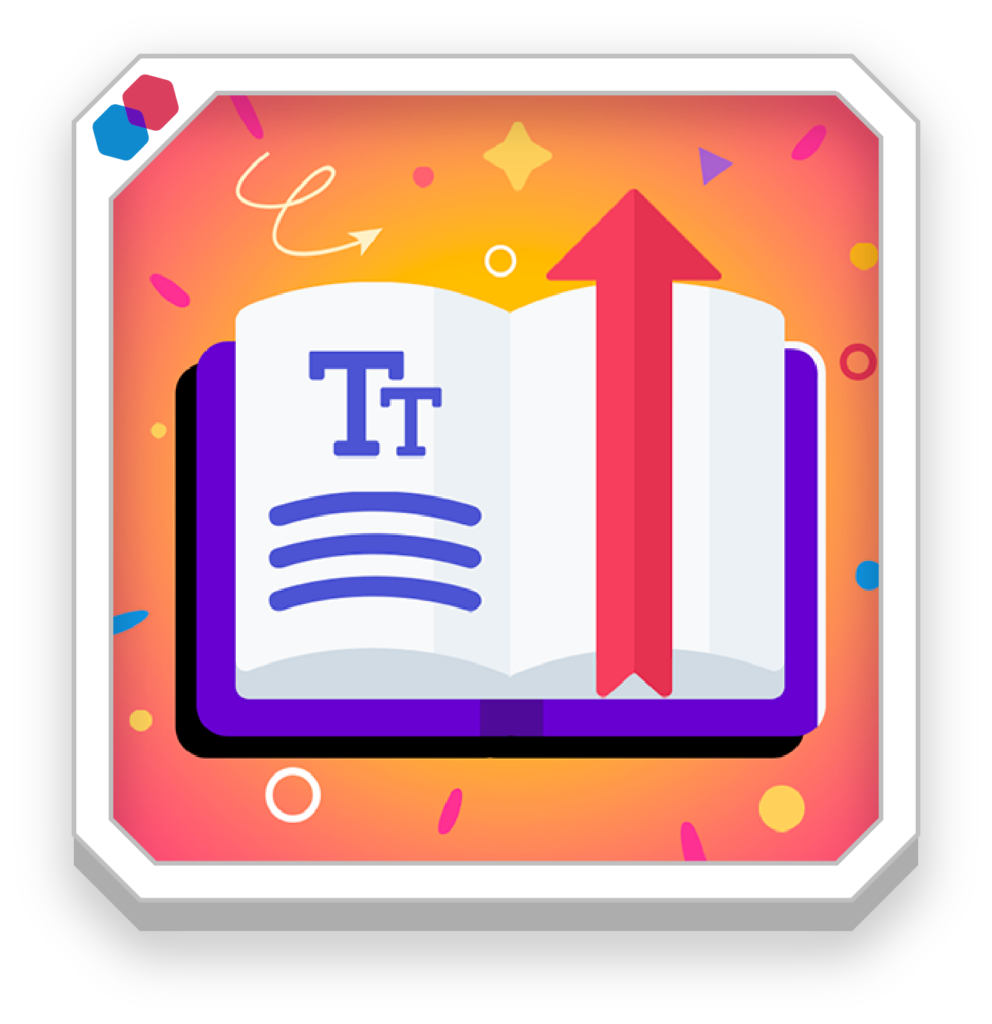
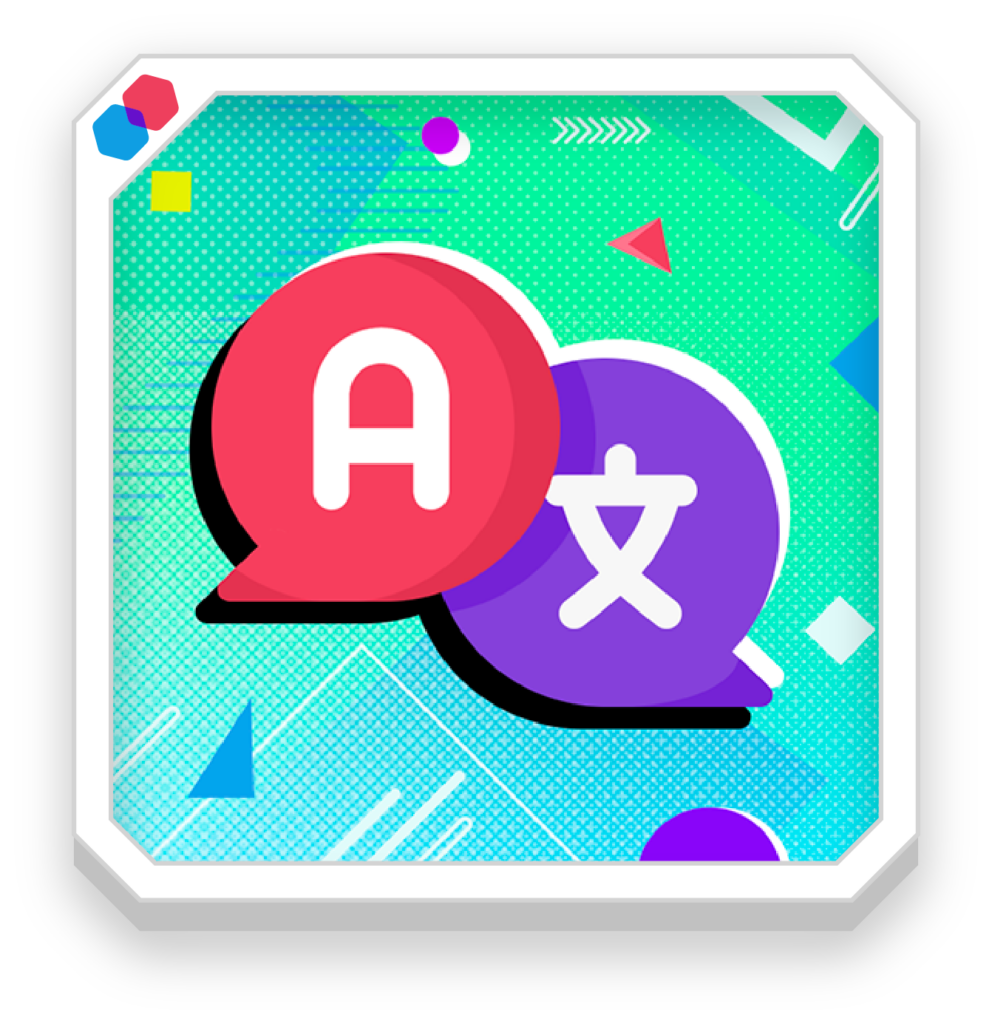
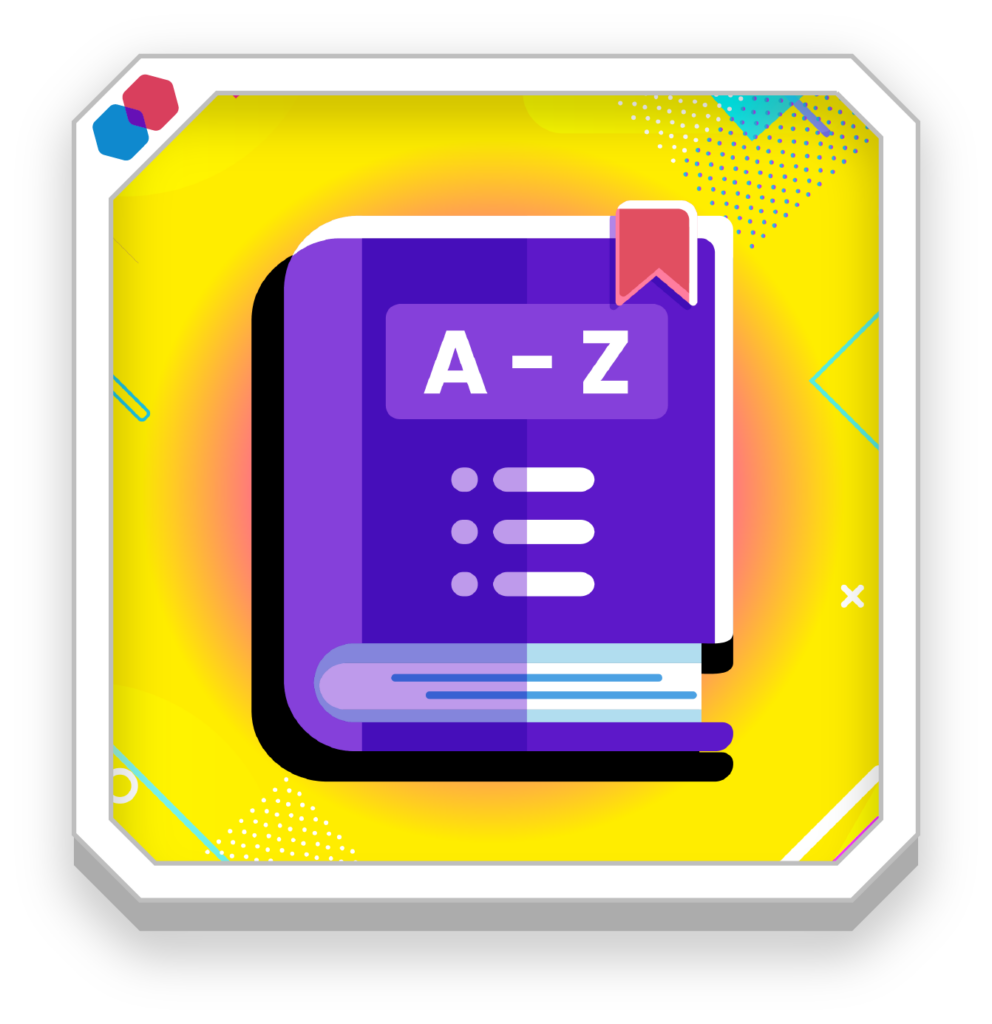
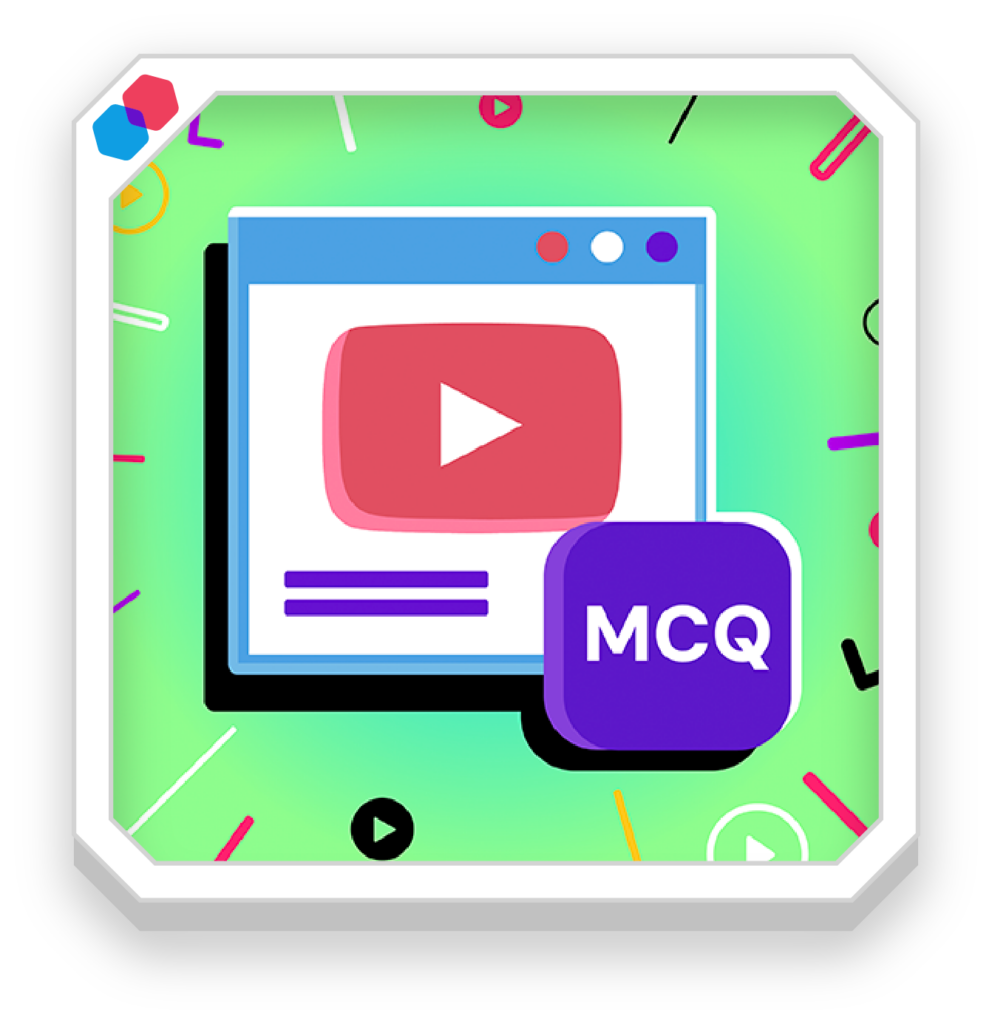
In the quest to build global competence, language learning is a vital bridge connecting cultures and fostering communication. For ESL educators, integrating AI tools into the curriculum can transform the traditional classroom into an interactive, culturally rich environment. Here’s a guide to employing LearningFlow.ai’s tools in a 5E lesson plan to enhance English language learning.
Engage: Starting with the 5E Model Lesson Plan
A successful lesson begins with a solid framework. The 5E Model Lesson Plan tool provides a structured approach that captivates students’ interest and lays the groundwork for new concepts.
Step-by-Step:
Explore: Broadening Horizons with Text Translator
Exploration is about discovery and understanding. With the Text Translator, students can see the direct translation of English phrases and idioms into their native languages, demystifying complex language patterns.
Step-by-Step:
Explain: Enhancing Comprehension with Vocabulary List Generator
To truly grasp a language, learners need a robust vocabulary. The Vocabulary List Generator creates a targeted list of words that are crucial for understanding the lesson’s topic.
Step-by-Step:
Elaborate: Encouraging Expression with Sentence Starters
Elaboration helps students practice language production. Sentence Starters provide the scaffolding necessary for learners to build their own sentences, enhancing their speaking and writing skills.
Step-by-Step:
Evaluate: Assessing Progress with YouTube Video Questions
Incorporating multimedia resources like YouTube can make assessment engaging and informative. The YouTube Video Questions tool helps you create comprehension questions for English language videos.
Step-by-Step:
Leveling Texts with Text Leveler
Sometimes, the material may be too advanced for your learners. The Text Leveler adjusts the complexity of a text to suit your students’ reading levels, ensuring everyone can participate fully in the lesson.
Step-by-Step:
By utilizing these AI tools from LearningFlow.ai, ESL teachers can create a dynamic learning experience that not only teaches English but also bridges cultural gaps. After generating your materials, simply upload them to platforms like Google Classroom or print them for distribution. This integration of technology into language learning not only enhances student engagement but also equips them with the global competence necessary for today’s interconnected world.
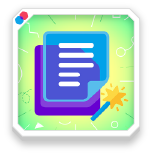
Streamline the process of providing customised feedback on students’ mind maps, making it quick and efficient.
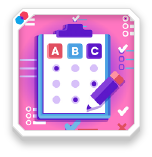
Help students enhance their idea substantiation and argument presentation skills by improving their understanding of rubrics and criteria.
A Practical Guide for Crafting 5E Lessons
A 5E Approach to English Language Learning with AI
A Practical Guide for Secondary English Teachers”